Don’t Toss Those Tangerine Peels! Here’s How to Use Every Last Bit
I remember learning a simple, game-changing lesson in a family kitchen a long time ago: never, ever throw away a tangerine peel. It wasn’t about being stingy; it was about seeing potential where others saw trash. Those fragrant peels were carefully laid out to dry, filling the air with a warm, citrusy scent. That resourceful mindset has stuck with me through years of playing with food and teaching others how to make the most of their ingredients.
In this article
Tangerine peels are absolute goldmines of aromatic oils and useful compounds. But before we get into the fun stuff, we have to talk about the most important thing: safety. Seriously, this isn’t a footnote—it’s the foundation for everything else we’re going to do.
First Things First: Choosing and Cleaning Your Peels
A fruit’s peel is its armor, which means it’s also where things like pesticides and waxes tend to hang out. Since we’re going to be using the peel itself, we have to be extra picky about where it comes from and how we clean it. A quick rinse under the tap just won’t cut it here.
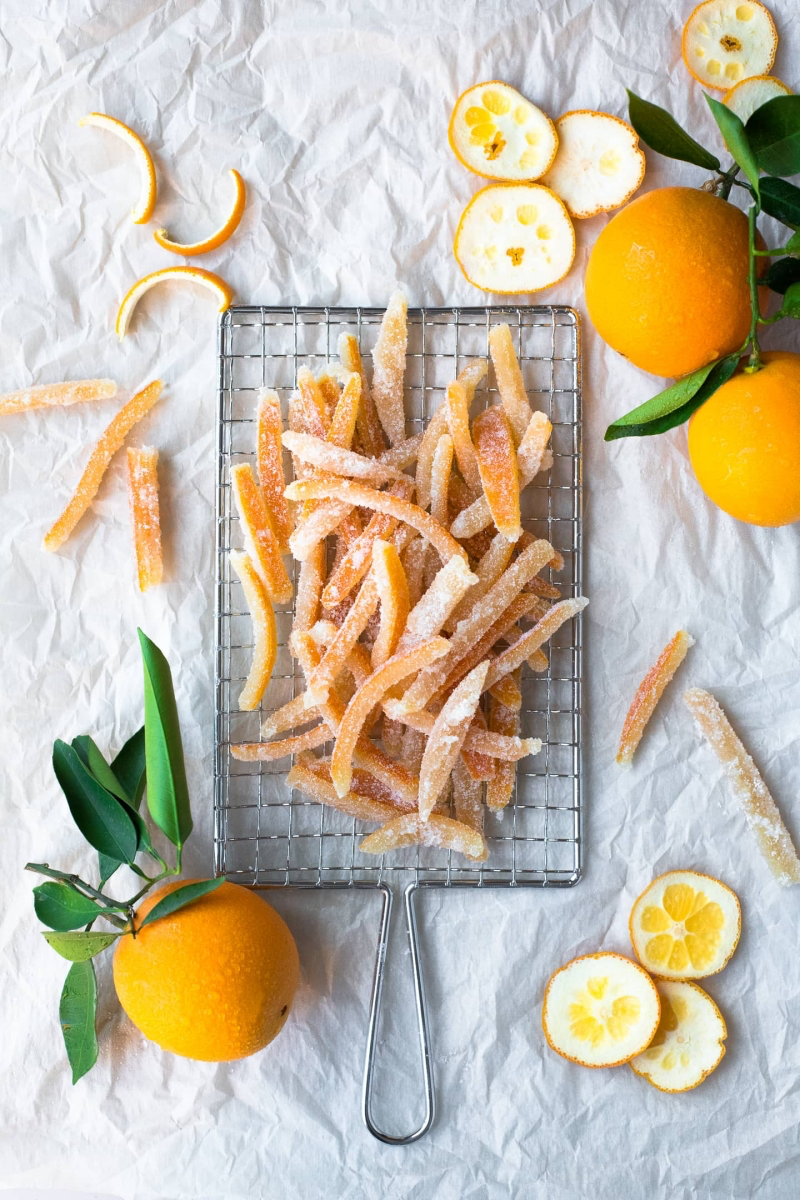
Know Your Source (This Matters!)
So, you’re at the store. What should you grab? Here’s the breakdown:
- Organic Tangerines: Honestly, this is your best bet for anything you plan to eat or put on your skin. Organic standards mean you’re avoiding most of the synthetic stuff. For making powders, candied peels, or skin scrubs, this is the only type I’ll use. No exceptions.
- Conventional Tangerines: These are often treated with chemicals to keep them fresh and shiny. They usually have a thin layer of food-grade wax, which, while safe to eat, can trap residues underneath. I personally reserve these peels for things that don’t involve consumption or skin contact, like making fire starters or keeping pests out of the garden.
By the way, if you’re at a farmers market, just ask the grower! A simple “Do you spray your citrus?” goes a long way. Most farmers are happy to tell you, and their answer will guide how you use the peels.
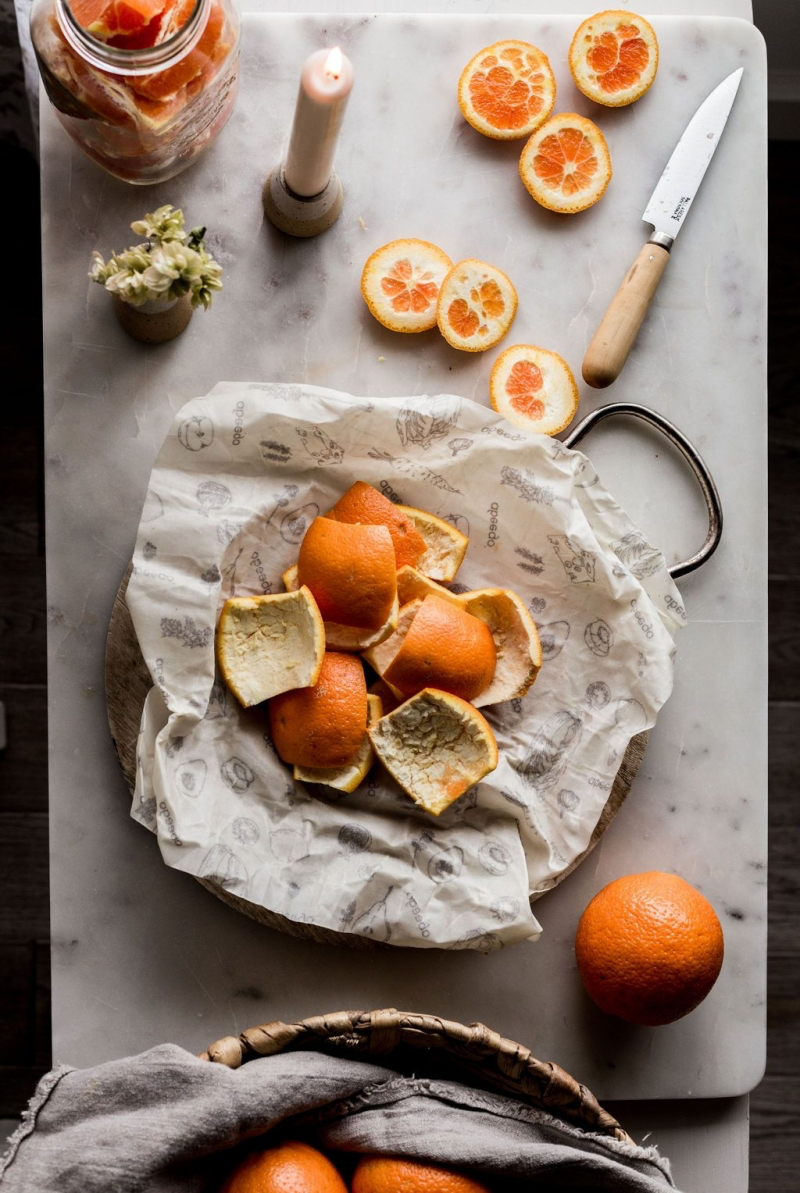
My Non-Negotiable Cleaning Routine
Even organic fruit has been on a journey to get to you. A good cleaning is a must. Here’s my simple, four-step process:
- Rinse ‘Em: Start by washing the whole tangerines under cool running water. Get off any obvious dirt or dust.
- Scrub ‘Em: Grab a firm vegetable brush (you can get a decent one for under $10 at most home goods stores) and give the entire surface a good scrub. This helps loosen anything clinging to the skin.
- Soak ‘Em (Optional, but Smart): For extra peace of mind, I soak my organic tangerines in a bowl with one part white vinegar to three parts water for about 15 minutes. It helps break down a bit more of the gunk.
- Dry ‘Em: Rinse them off one last time to get rid of any vinegar taste and pat them completely dry with a towel before you start peeling.
Don’t skip this part. A few extra minutes here makes all the difference.
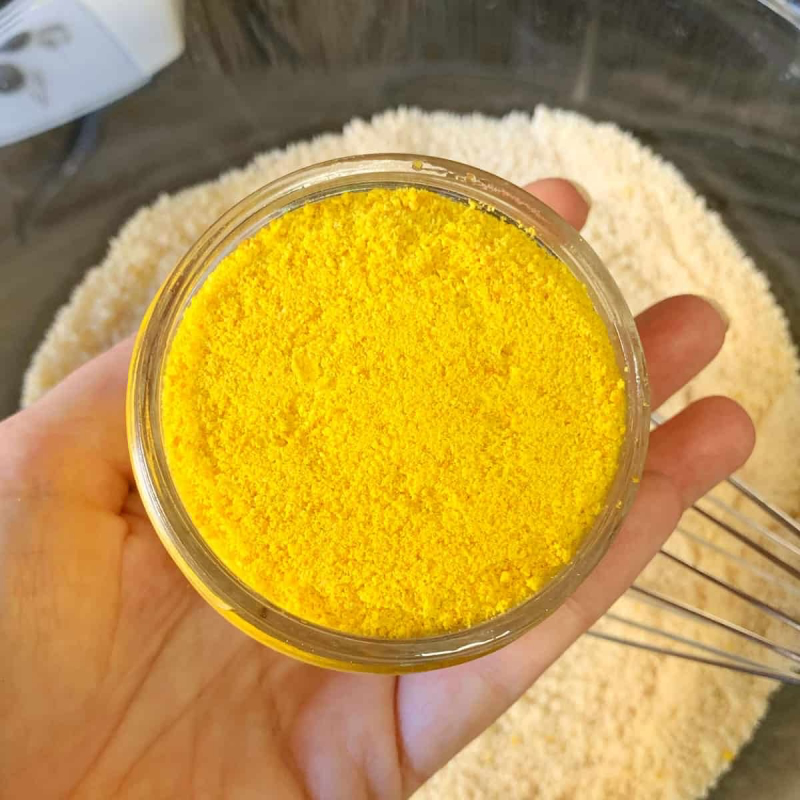
Drying Your Peels: The Key to Making Them Last
Properly dried peels are the foundation for almost everything on this list. The goal is simple: get rid of all the moisture without burning off the precious essential oils. If they’re even a little damp, they’ll mold. If they get too hot, they turn bitter and gross. I learned that the hard way after torching a few batches when I was starting out.
Choosing Your Drying Method
You’ve got a few options, each with its own pros and cons. Let’s break it down without any complicated charts.
- The Oven Method: This is probably the most accessible way to do it. Just spread your peels on a baking sheet (don’t let them overlap!) and pop them in the oven at its lowest setting—ideally around 170-200°F. Pro-tip: prop the oven door open with a wooden spoon handle to let moisture escape. It’ll take 2-4 hours, and you’ll know they’re done when they snap cleanly. If they bend, they need more time.
- The Air-Drying Method: This is the old-school, zero-energy way. Just lay your peels on a wire cooling rack in a warm, dry spot with good airflow. A sunny windowsill is perfect. This is a slow and steady process, taking anywhere from a few days to a week. Heads up: if you live in a humid place, this method can be tricky. If you see any fuzzy mold, you have to toss the whole batch.
- The Dehydrator Method: Okay, if you’re serious about this, a food dehydrator is a total game-changer. It provides perfectly even, low heat and constant airflow. Spread the peels on the trays, set it to about 135°F, and let it run for 6-8 hours. It’s the most reliable way to preserve those amazing flavors and oils. You can find a solid starter dehydrator for between $50 and $150 online or at big-box stores.
Once they are bone-dry and brittle, store them in an airtight glass jar away from sunlight. They’ll stay potent for at least a year.
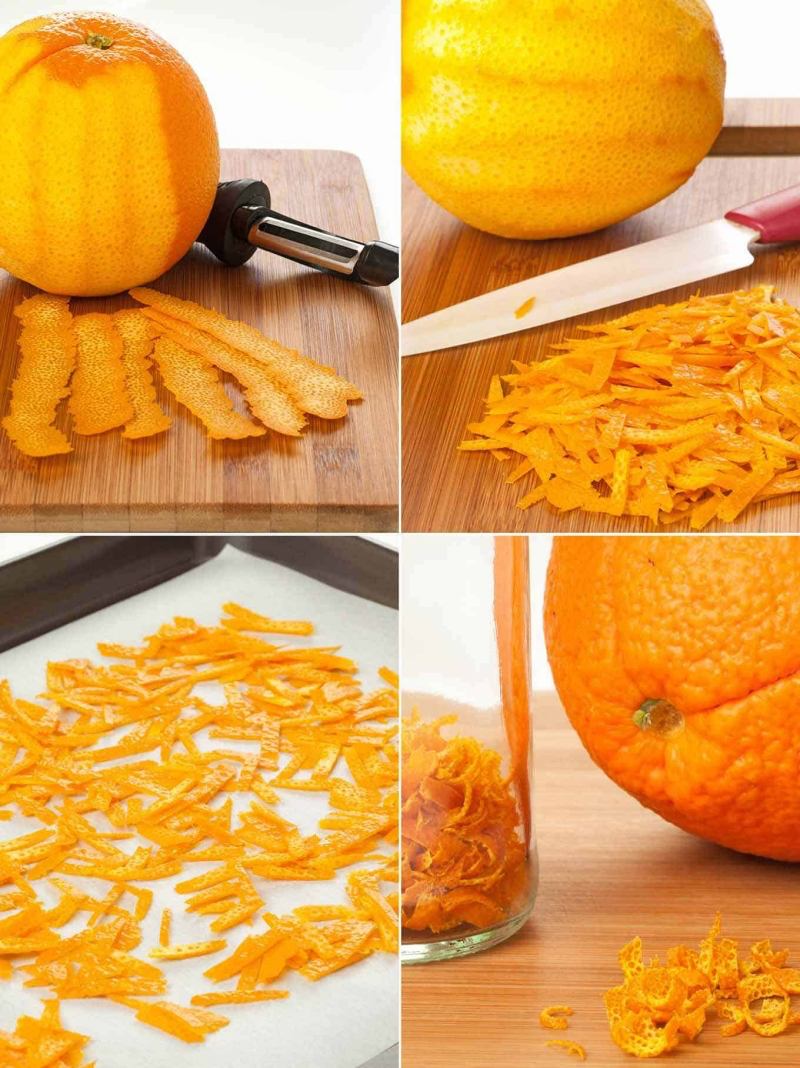
In the Kitchen: From Trash to Culinary Treasure
Tangerine peel has a flavor that’s so much more interesting than the juice. It’s intensely fragrant with a slight, sophisticated bitterness that adds incredible depth to food.
Tangerine Powder: Your New Secret Weapon
This stuff is amazing. Just blitz your bone-dry peels in a clean spice or coffee grinder until they’re a fine powder. Sift it if you want it super fine. This powder is fantastic in baking—try a teaspoon in cookie dough or cake batter. But where it really shines is in savory cooking. I use it in spice rubs for pork or duck, where it pairs beautifully with star anise, cinnamon, and smoked paprika.
Candied Peels: A Sweet Reward for Your Patience
Making candied peels is an art, but it’s totally worth it. The biggest mistake people make is not blanching the peels enough, which makes them way too bitter.
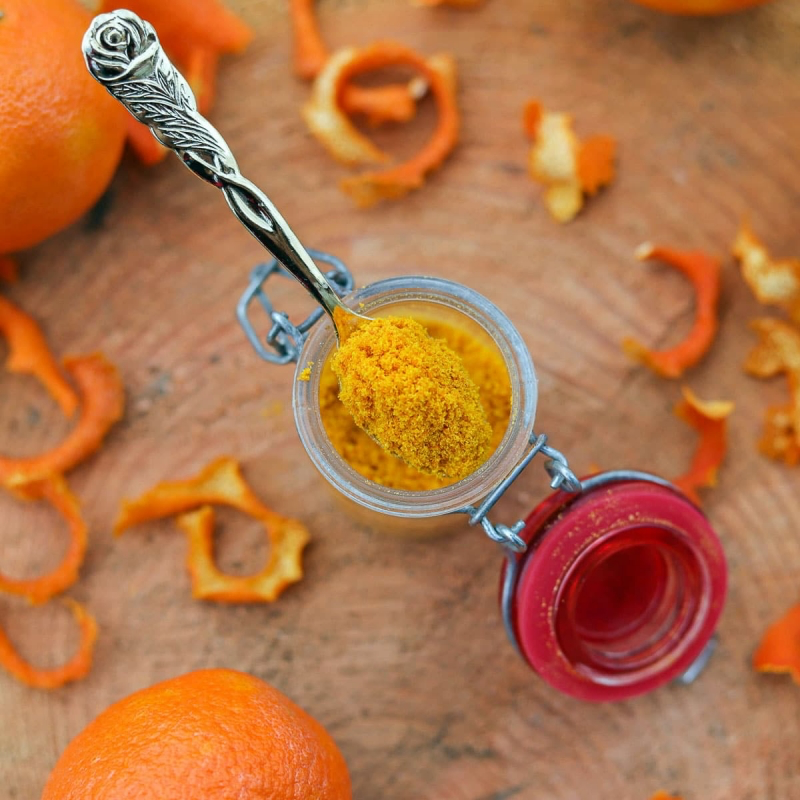
Here’s the process: Cut the peels from 4-5 organic tangerines into strips. Put them in a pot with cold water, bring it to a boil, and immediately drain. You need to do this a total of THREE times. Trust me on this. I once tried to save time and only did it twice… my candied peels were so bitter they were inedible. Don’t be like me! After blanching, you’ll simmer the peels in a simple syrup (one part sugar, one part water) for about an hour until they look translucent. Then, just lift them out, let them dry on a wire rack, and toss them in sugar. They’re incredible dipped in dark chocolate.
Tangerine Liqueur: A Fun DIY Project
This is a fantastic weekend project. You’ll need the fresh peels of 8-10 organic tangerines and a 750ml bottle of high-proof vodka (100-proof works best). A quick tip: use a vegetable peeler to get thin strips of peel without the white pith. The pith is super bitter and will ruin your liqueur. Put the peels in a big glass jar, pour the vodka over them, and let it sit in a dark place for 2-4 weeks. After that, strain out the peels and mix in a cooled simple syrup to taste. Let it rest for another couple of weeks, and you’ll have a delicious, homemade spirit.
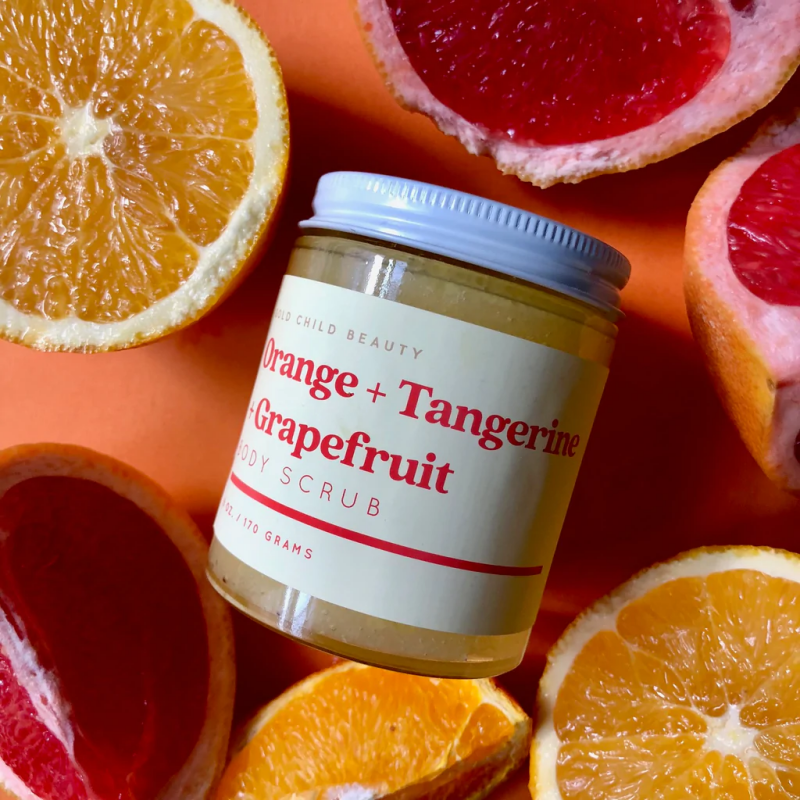
Around the House: Natural and Effective
Those citrus oils aren’t just for flavor; they’re also great for cleaning and freshening up your home.
All-Purpose Cleaning Vinegar
This is one of my favorite uses. Fill a glass jar about halfway with fresh peels (that’s about the peels from 5-6 tangerines). Cover them completely with plain white vinegar, seal the jar, and let it sit for 2-3 weeks. The vinegar will turn a gorgeous orange and smell amazing. Strain it, dilute it 50/50 with water in a spray bottle, and use it to cut grease and clean surfaces. It’s a fantastic, cheap cleaner.
Heads Up: Common Mistakes to Avoid
Before you get too carried away, let’s talk about a few critical pitfalls. Getting these right will save you a lot of frustration.
- Never Use Vinegar on Stone: That amazing cleaning vinegar we just made? It’s acidic. Never, ever use it on natural stone like marble or granite countertops. It will etch the surface permanently. This is a costly mistake you only make once.
- Don’t Under-Dry Your Peels: If your peels have any flexibility or softness left, they aren’t done. Storing them like that is a recipe for a fuzzy, moldy mess. They must be completely brittle.
- Don’t Scorch Your Peels: When oven-drying, if you smell something sharp and burnt instead of warm and citrusy, your oven is too hot. Turn it down immediately or your peels will be bitter and useless.
- Don’t Skip the Blanching: I know I already said it, but for candied peels, the three boils are not optional. It’s the only way to get that perfectly balanced sweet-bitter flavor.

For Your Body and Garden
Exfoliating Body Scrub
This is a super easy DIY. Mix a half-cup of sugar with the finely grated fresh peel of one organic tangerine. Slowly stir in about a quarter-cup of a carrier oil like coconut or almond oil until you have a thick paste. Important: Because this uses fresh peel, it has a very short shelf life. Store it in an airtight jar in the fridge and use it within a week to prevent mold or bacteria from growing.
Garden Pest Deterrent
Ants, slugs, and even neighborhood cats aren’t huge fans of the strong smell of citrus. Scattering fresh or dried peels around the base of your plants can help deter them. It’s not a chemical-grade solution for a major infestation, but it’s a great, natural first line of defense.
Want a Quick Win Today?
Feeling inspired but not sure where to start? Make an aromatic sachet. It’s the easiest project and gives you an immediate reward. Just take a handful of your dried tangerine peels and mix them with a broken-up cinnamon stick and some whole cloves. Spoon the mix into a small cotton or muslin bag (you can find these at craft stores for a few bucks). Toss it in a drawer or closet. It’s that simple, and your clothes will thank you.
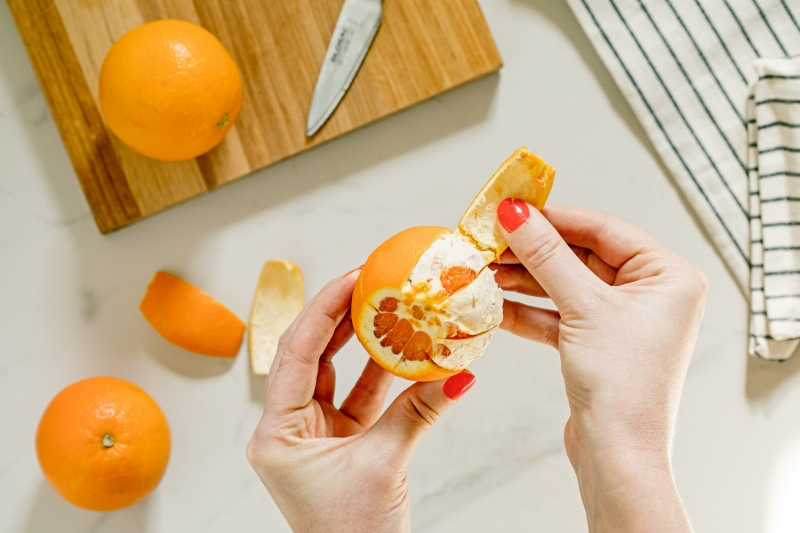
Oh yeah, one last thing. Does this work for other citrus? Absolutely! You can use these same techniques for oranges, clementines, and lemons. For grapefruits and other more bitter citrus, you might need to be extra careful to remove the pith or do an extra blanching step for recipes like candied peel, but the core ideas are exactly the same. So go ahead and start saving those peels!
Inspiration:
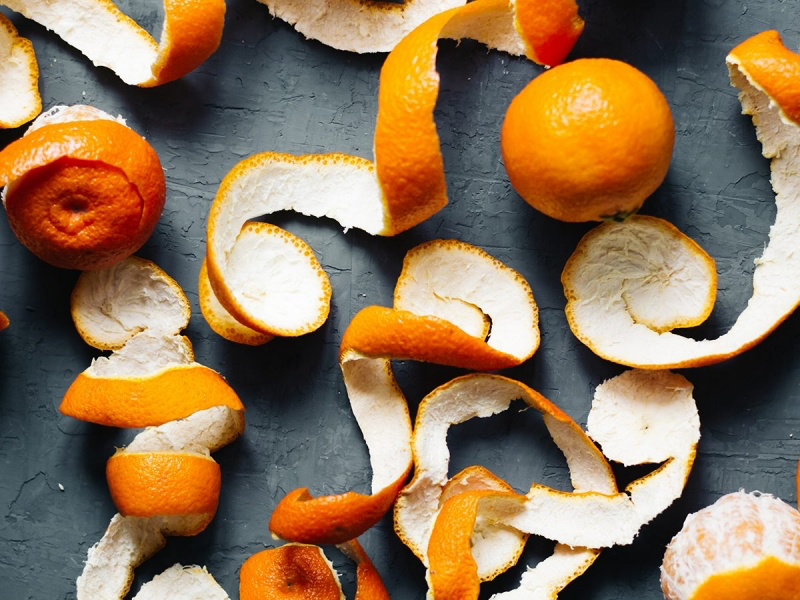

Instant Zest on Demand: For a concentrated burst of flavor, dry your organic tangerine peels completely (in a low oven or an air fryer) until brittle. Once cooled, blitz them in a dedicated coffee grinder or a powerful blender like a Vitamix until you have a fine, fragrant powder. Store this
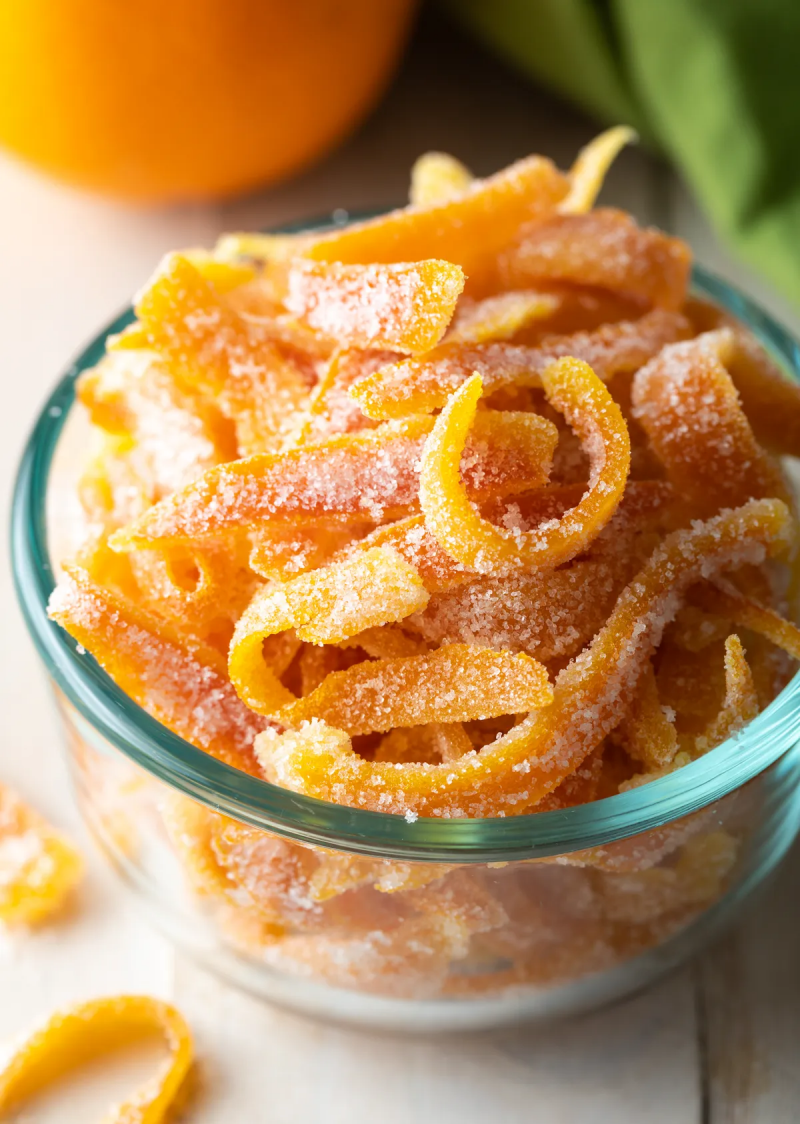
Over 60% of a citrus fruit’s aromatic compounds, like limonene, are found in its peel, not the juice.
This is why the scent from a freshly peeled tangerine is so potent and evocative. By saving the peel, you’re capturing the very essence of the fruit. This high concentration of essential oils is what makes the peels so effective for everything from natural cleaning to creating fragrant infusions for your home.

Tired of stubborn grease on your stovetop?
Harness the natural degreasing power of your leftover peels. Simply stuff a large glass jar (a repurposed pickle or Mason jar works perfectly) with fresh tangerine peels and top it up with plain white vinegar. Seal it and let it infuse in a dark cupboard for two weeks. Strain the liquid into a spray bottle. You now have a powerful, non-toxic, and wonderfully scented all-purpose cleaner that cuts through kitchen grime effortlessly.
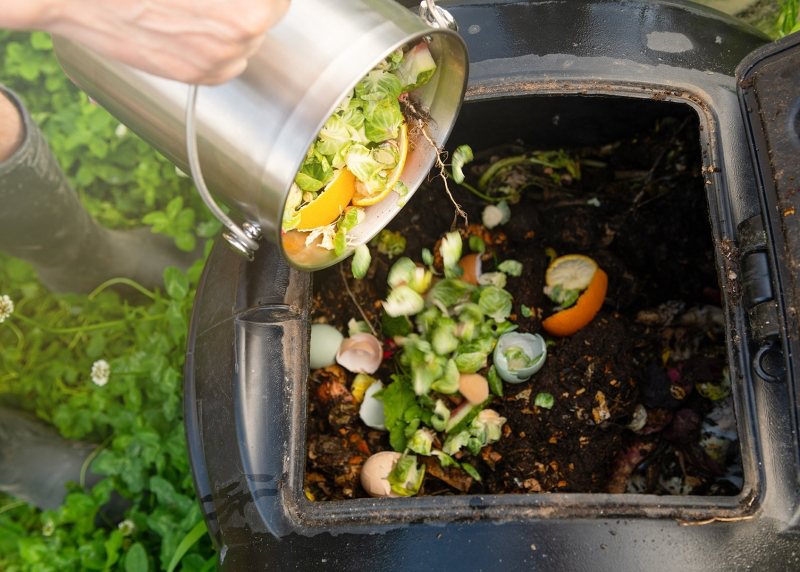
Create an instant mood-lifter by simmering peels on the stove. It’s a simple, natural way to scent your entire home, especially in the colder months. For a classic autumnal aroma, combine:
- Peels from 2-3 tangerines
- One or two cinnamon sticks
- A few whole cloves
- A single star anise for a touch of warmth
Just add water to a small saucepan, bring to a gentle simmer, and let the comforting fragrance work its magic.
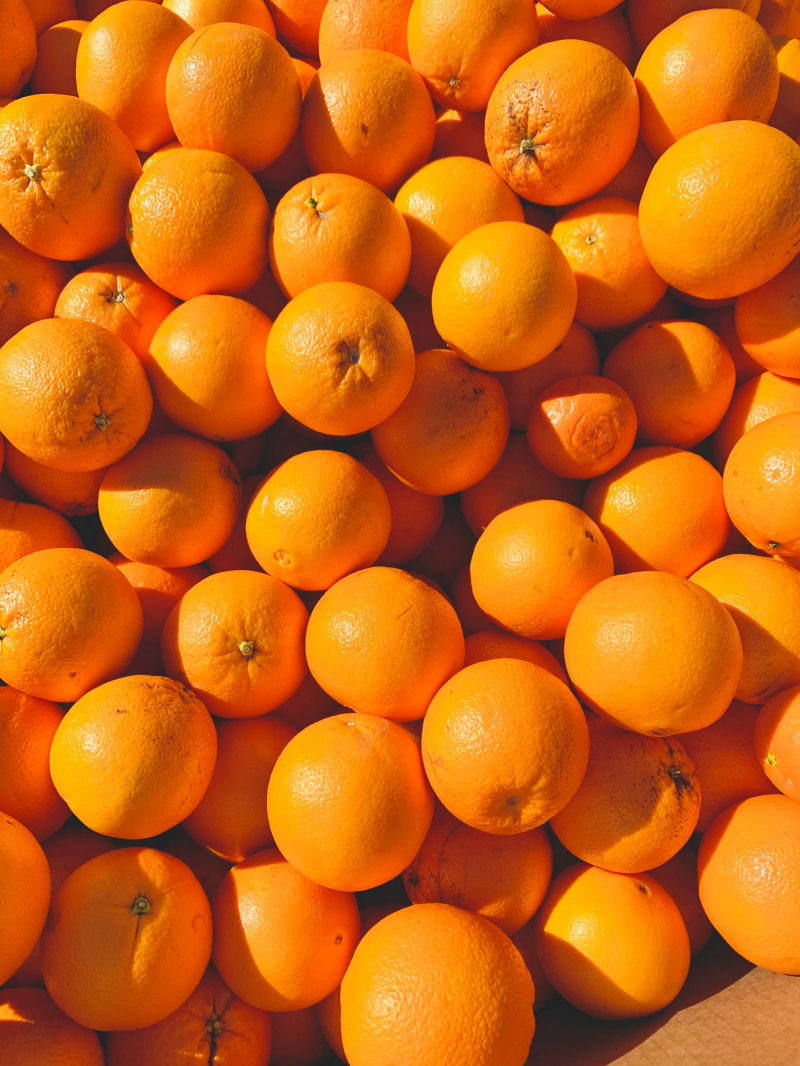
Sugar Scrub: A gentler option, ideal for sensitive skin or for use on the face. The finer granules of brown sugar provide mild exfoliation, leaving skin polished but not irritated.
Salt Scrub: More vigorous and detoxifying. Using coarse sea salt or Epsom salts provides a more intense scrub, perfect for rough spots like elbows and feet, and the minerals can help soothe sore muscles.
For either, simply mix your dried, finely chopped peel with the exfoliant and a carrier oil like sweet almond or jojoba oil to form a paste.
A Gardener’s Ally: Don’t throw your peels in the compost just yet. Finely chop fresh tangerine peels and scatter them around the base of plants plagued by ants or aphids. The strong scent disrupts their trails and the potent limonene oil acts as a natural repellent, encouraging them to find a new path without harming your plants.










